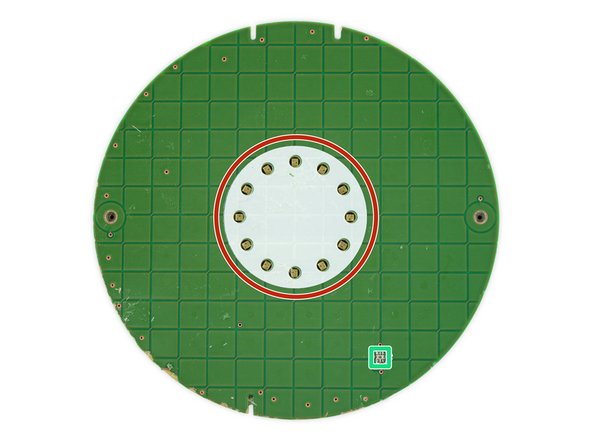crwdns2935425:06crwdne2935425:0
crwdns2931653:06crwdne2931653:0






-
Here's the source of our board removal strife: A layer of super sticky adhesive, keeping the capacitive board in contact with the plastic upper case.
-
This side of the board also hosts an array of 12 status LEDs.
-
On the backside we find some chips:
-
Atmel ATSAMD21 32-bit ARM Cortex-M0+ microcontroller
-
Two NXP PCA9956BTW LED drivers
-
Two InvenSense INMP621 MEMS microphones—will only two be enough compared to the Echo's seven?
-
Ambient Light Sensor
crwdns2944171:0crwdnd2944171:0crwdnd2944171:0crwdnd2944171:0crwdne2944171:0